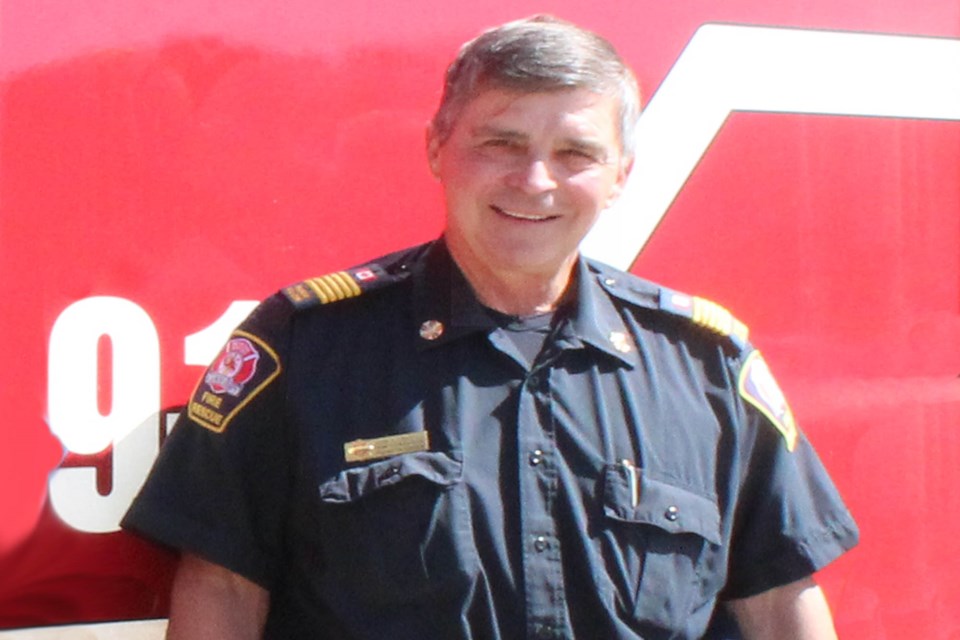LAKELAND - They might be front-line workers, but firefighters across the province and the Lakeland aren't front of the line for COVID vaccines.
Firefighters are not included in a specific category in the first two phases of the rollout of the coronavirus vaccines through the province.
Lac La Biche County regional fire chief and Manager of Protective Services John Kokotilo is surprised that firefighters haven't been included. He fully supports a letter recently sent to provincial officials by the president of the Alberta Fire Fighters Association requesting to be added to the current Phase 2 rollout of the vaccines.
"The Fire Fighters Association is calling on the government to include Alberta’s firefighters in current vaccine schedules to give peace of mind to both our fire fighting services and the public that we serve every day," says Brad Readman, the association's president in a recent letter to Alberta Premier Jason Kenney.
Kokotilo says he understands that Albertans more at risk of from the virus — the elderly and those with underlying health issues — should be first and foremost, but the safety of the men and women who are firefighters and the people they protect shouldn't be overlooked.
But according to the province's planned schedule for vaccine distribution leading to the end of June when everyone is expected to have been inoculated against the spreading global virus, firefighters have been overlooked.
Paramedics and emergency medical responders were included in the Phase 1 rollout back in January, and the Phase 2C rollout planned for April and May includes provincial sheriffs and front-line policing staff. The same rollout category includes anyone working in patient care facilities or providing services directly to clients in the community for Alberta Health Services.
Medical contact
Kokotilo says members on his busy department, like those around the Lakeland and across the province are part of that overall health and safety net for Albertans. A large percentage of the work they do involves direct contact with people in medical need.
"We have a high number of incidents that could involve exposure ... We do respond to medical assists in support of EMS, motor-vehicle collisions, and other incidents that may involve close contact with the public," he said. "Approximately 30 per cent of our incident call-outs involve these type of incidents."
Alberta's Chief Medical Officer of Health Deena Hinshaw has responded directly to the firefighters' concerns.
Speaking to media last week, Hinshaw said the factors that determine the vaccine priorities are based on the health outcomes of people who contract the virus more than the risks of exposure.
“I would love to be able to give vaccines to every Albertan and to all those who serve in front-line ways because it provides an incredibly valuable service to our community ... The reality is, we have a very short supply of vaccine and we have focused it on those at personal high risk of severe outcomes and at those very high risk settings of extremely large outbreaks and those who work in those settings," Hinshaw said.
Kokotilo says he has no record whether or not individual firefighters within the local ranks have received vaccines through eligibility to other phases, and says even when all members of the general public are eligible to receive a shot, the vaccine is not mandatory.
The next phase of the vaccine rollout — Phase 2D — is expected to begin in May. Group D includes Albertans born between 1957 and 1971, as well as Indigenous residents born between 1972 and 1976.
"This is a personal choice and we have no thoughts of attempting to implement anything such as this in our policies or procedures — we would, however, recommend this action," Kokotilo said.
As of April 9, more than 800,000 doses of the vaccine had been administered across Alberta.



